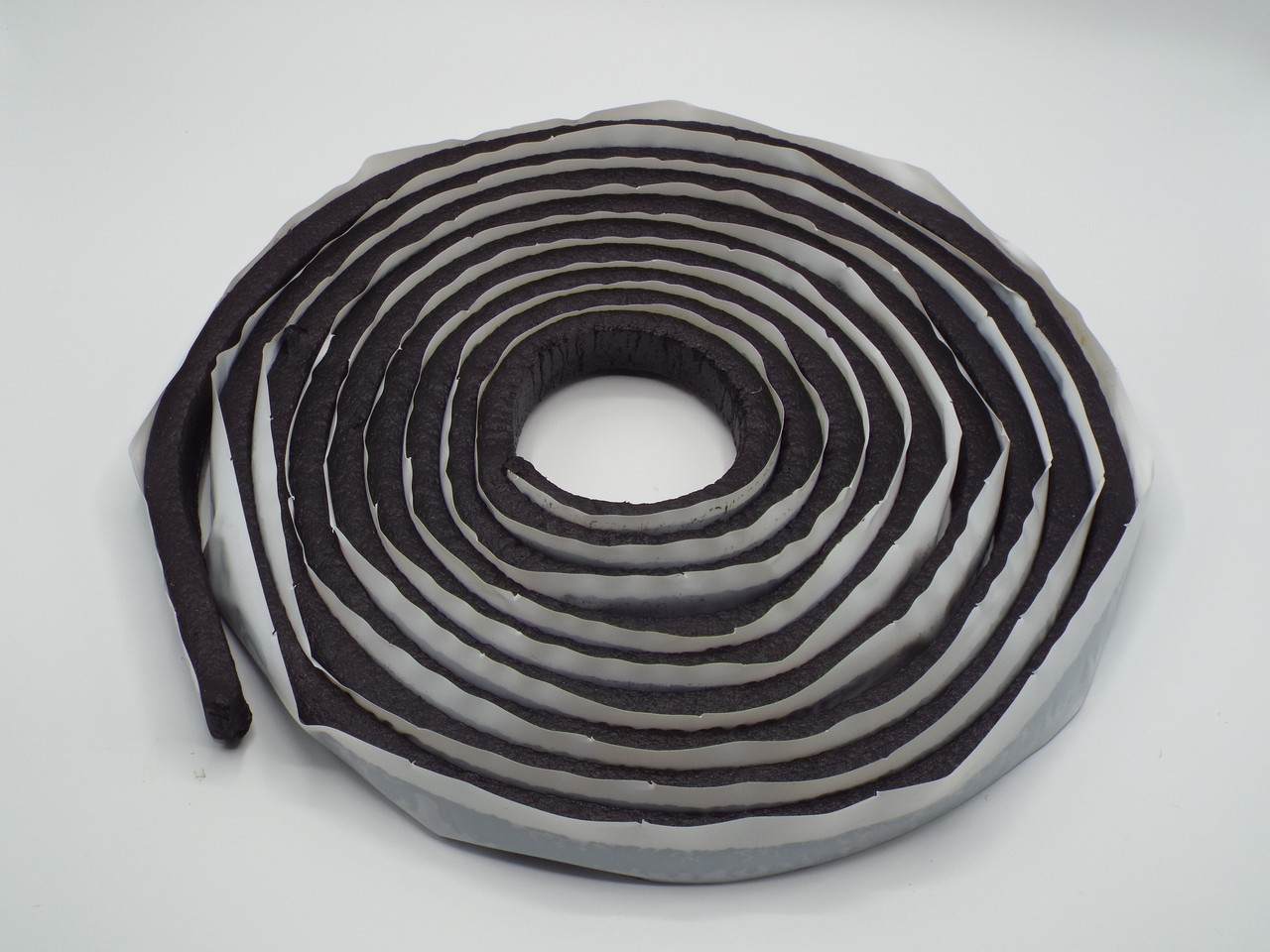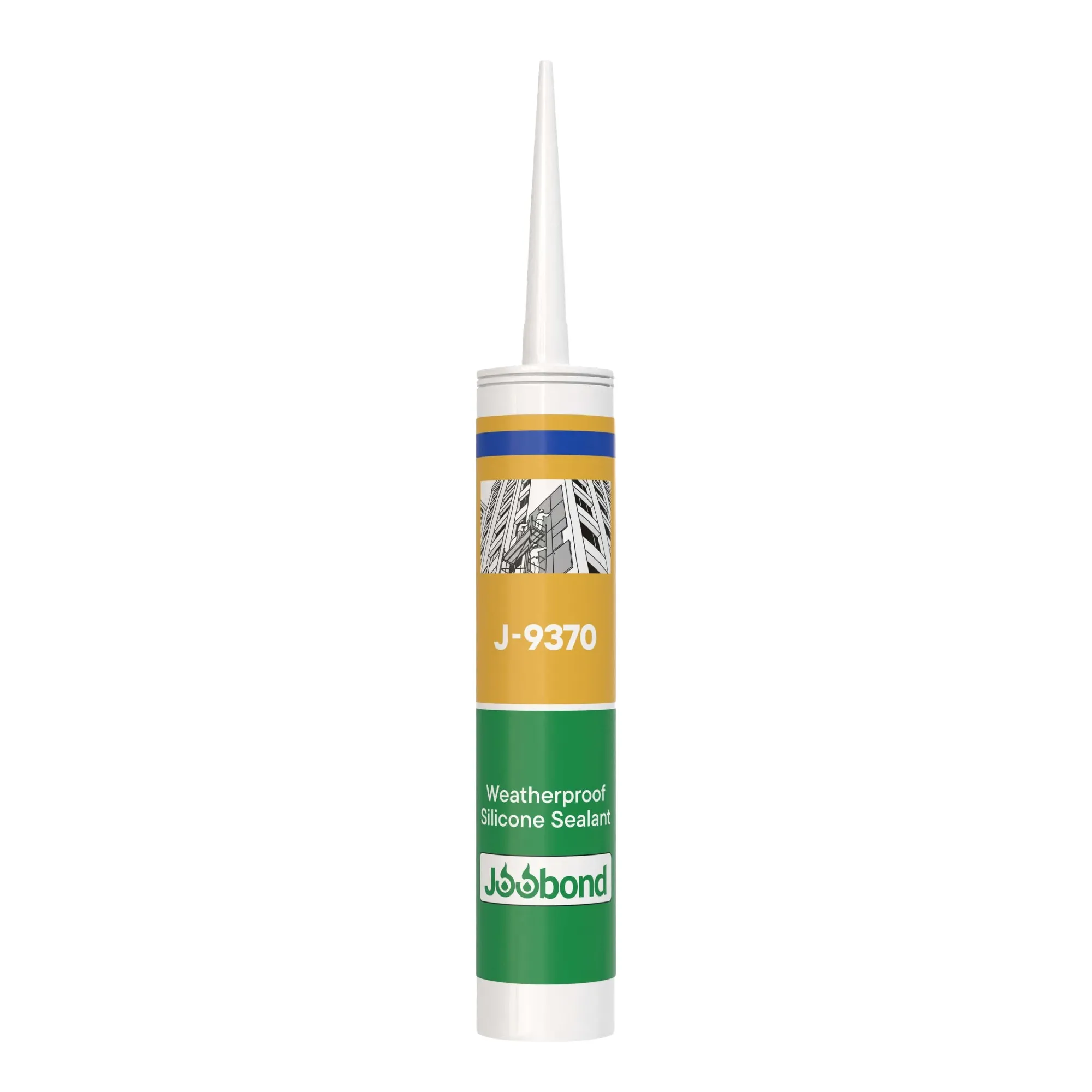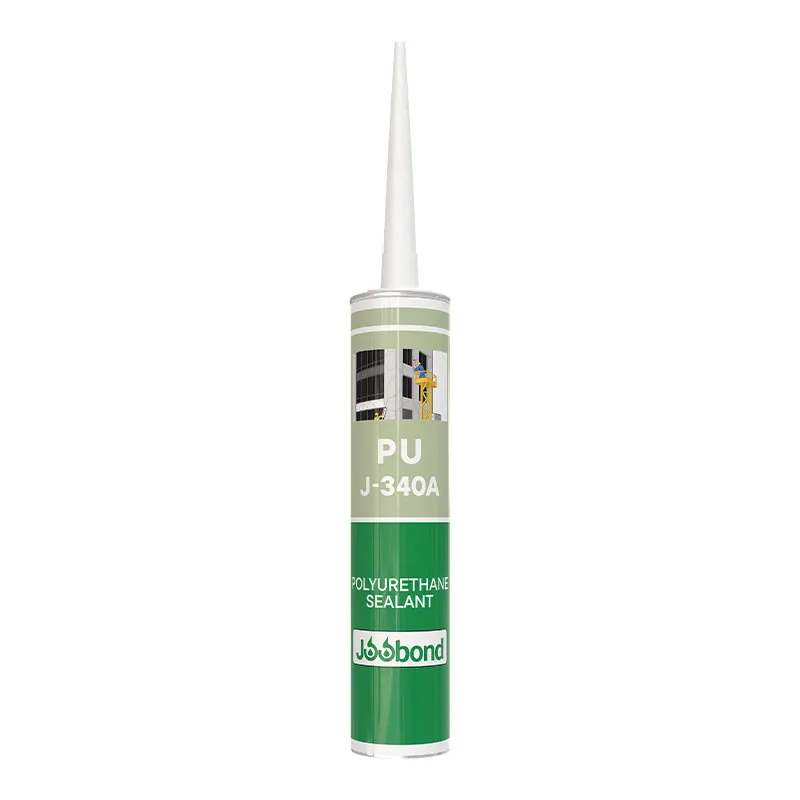Índice
Los canalones son un complemento esencial de una casa para protegerla de los daños causados por el agua, y las fugas y grietas pueden ser perjudiciales. Elegir el mejor sellador para canalones no solo los protege de la lluvia, los residuos y las diferencias de temperatura, sino que también mantiene su durabilidad.
En esta guía trataremos:
✔ Top-rated sealants for gutters (silicone, polyurethane, butyl rubber)
✔ How to select Correct sealant for your gutter material
✔ ️Application instructions for guaranteed waterproofing
✔ Common mistakes to avoid

Types of Gutter Sealants
– Advantages & DisadvantagesTYPES OF Gutters Sealants – PROS & CONS
🔹 Silicone Sealant
Best for: Aluminum, vinyl and seamless gutters
✅ / Flexible and waterproof / – Expands and contracts with heat and cold.
✅ UV resistant – Will not crack or dry out in the sun.
✅ It Lasts Long – Over 10 years of life when properly applied.
❌ Not paintable – Few color options (clear or white only).
❌ More difficult to remove – Needs solvents to reapply.
Top Pick: GE Silicone II Window & Door Sealant
🔹 Polyurethane Sealant
Best for: Metal (steel, copper) and heavy duty applications
✅ High durability – Bond well to metal and last in tough weather.
✅Paintable – Match it to your gutter color.
✅ Great adhesion – So it won’t peel and crack.
❌ Longer curing time – Sets fully in 24+ hours.
❌ Strong smelling – Needs to be used with ventilation.
🔹 Butyl Rubber Sealant
Best for: Seams, joints and downspout connections
✅ Self-leveling – Fill gaps and voids easily.
✅ Flexible – Great for when you need flexibility.
✅ Application – Usually in tape or caulk form.
❌ Shorter function life – You may have to reapply it every 5-7 years.
❌ Not UV-resistant – Ideal for use beneath gutter covers.

How to Select the Best Downspout Sealant
✔ Consider Your Gutter Material
Aluminum/Vinyl: Silicone or acrylic sealant
Steel/Copper: Polyurethane or butyl rubber
Seam Repairs: Butyl tape or self leveling sealant
✔ Check Weather Resistance
For wet climates, opt for 100% water ”“proof” (NOT RESISTENT) sealants (silicone or polyurethane).
Freeze + Thaw: Choose a flexible, freeze-thaw-resistant formula for colder temperatures.
✔ Ease of Application
Caulk gun sealants (Silicone, polyurethane) – Best for accuracy of use.
Peel-‘n-seal tape (butyl rubber) – To temporarily stop minor leaks.
Step-by-Step Guide to Sealing Gutters
Step 1: Clean the Surface of the Gutter
Scrub off dirt, rust and old sealant with a wire brush.
Clean stick with rubbing alcohol for optimal adhesion.
Step 2: Apply the Sealant
Squeeze it on using a caulking gun for a smoothly even application in seams and joints.
For butyl tape, push down closely against leaks.
Step 3: Smooth & Seal
Drag a wet finger or a putty knife across the sealant to make it neat.
Allow to cure for over 24 hours (ensure to follow the manufacturer’s directions).
Step 4: Test for Leaks
Then spray water from a hose to check for drips.
Reapply sealant if needed.

Preventive Gutter Sealing Mistakes
❌ Not prepping the surface – Sealant won’t adhere to dirty or rusty gutters.
❌ Applying in cold or damp weather – It is it important that the sealant has completely dry condition to cure.
❌ Using an inappropriate sealant – Silicone is better for flexibility; polyurethane for metal.
❌ Too Thickly applied sealant – Thicker the application the longer it takes to dry and it will produce cracks.
Expert Maintenance Tips
Check gutters for cracks twice a year (spring & fall).
Reapply every 5-10 years (silicone lasts longest).
Use gutter guards – Though it won’t completely keep debris out, it’s a great way to lessen debris build up and prevent leaks.

